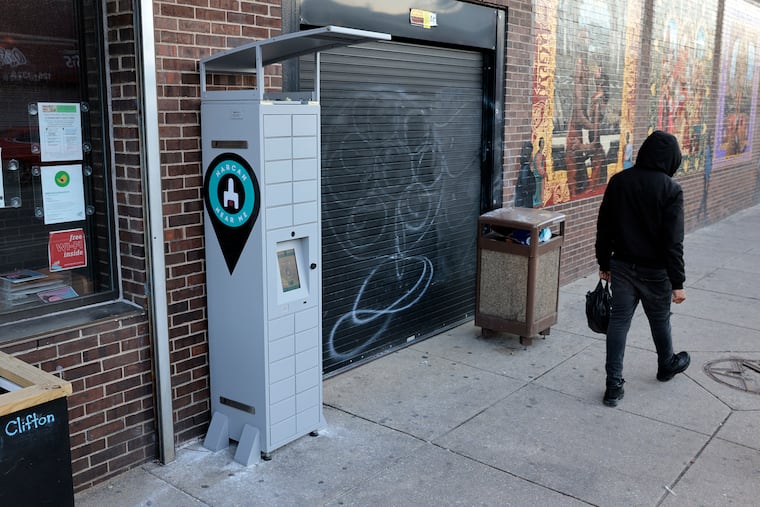Philadelphians who died of a drug overdose often had sought help for addiction, report finds
A new city report offers a window into the lives of 17 people who died of an overdose in Philadelphia last year.

A new city report offers a window into the lives of 17 people who died of an overdose in Philadelphia last year.
